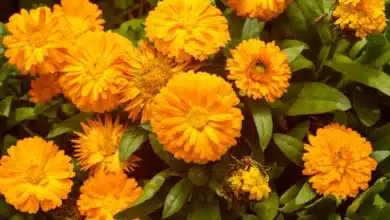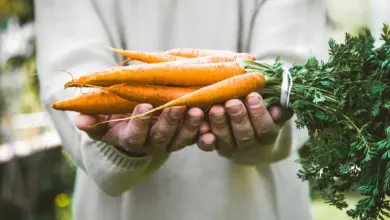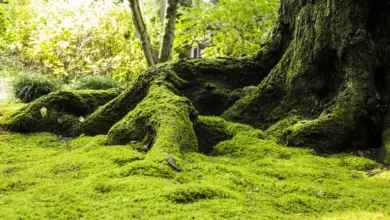Designing for Drama Reflections Shadows
What’s better than ONE luscious leaf? MORE luscious leaves!
Yet we can’t always add more plants, so what’s a foliage fancier to do? Try using the power of illusion – take advantage of reflections and shadows to amplify the beauty of foliage.
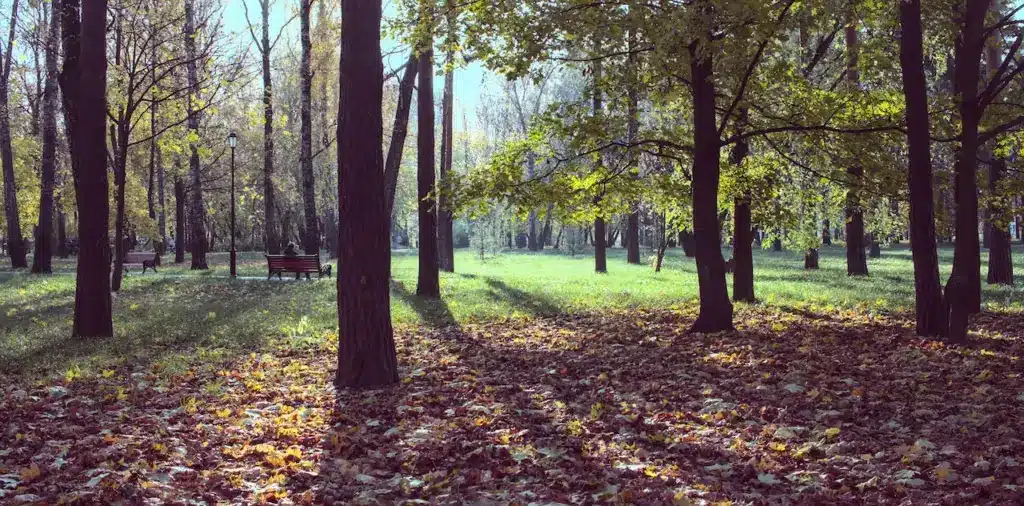
Reflections
When designing a garden to take advantage of reflections there are two key factors to consider; the foliage you intend to reflect and the surface upon which to cast that reflection.
Foliage shapes and colors
Simple leaf shapes make for the clearest reflections. Stands of grasses or oversized bold leaves make striking statements when reflected on a mirror-like surface. The effect is to literally double the dramatic impact of the leaves.
Using a reflection to amplify brightly colored foliage is also a very effective design tool. In the opening photograph, the colorful display of a late summer garden is reflected in the tranquil pool. We have featured this stunning garden in our book Fine Foliage – see it on page 30. We called it ‘Masterpiece’ and you can see why.
The reflective surface
In garden design, the two most commonly used reflective surfaces are water and mirrors.
The mighty Gunnera is even more magnificent when joined by its reflection
The mighty Gunnera is even more magnificent when reflected in the water
A reflection distorted by ripples adds complexity to the scene. The Gunnera above arrests the eye with its sheer size and powerful form. The reflection does not give an accurate representation of the shape of the leaves yet the green hazy reflection adds a sense of mystery and enhances the scene.
Bellevue Botanical Gardens, WA
Still, water has a glass-like surface resembling a true mirror. In the photograph above it is not the foliage adjacent to the stream which is reflected but rather the tall trees overhead. We see them as an impressionistic sweep of an artist’s brush yet they give us a sense of the greater picture beyond the boundaries of this lush vignette.
Reflections are not always on the ground plane. Mirrors can be hung on a vertical surface.
Avon Gardens, Indianapolis
This simple mirror hung on a fence reflects the leafy glade of trees opposite, bringing light, color, and movement to an otherwise blank canvas.
The Japanese maple reflected in the mirror above is really quite the Charlie Brown of maple trees – rather thin and spindly. Yet seen within such an elegant frame its beauty is enhanced, the focus set on the attractive leaf shape and color rather than the tree as a whole.
This photograph also demonstrates another way to double your foliage fun – by using shadows. Notice the dappled shadows on the wall cast by larger trees – they add a new dimension to the leafy scene.
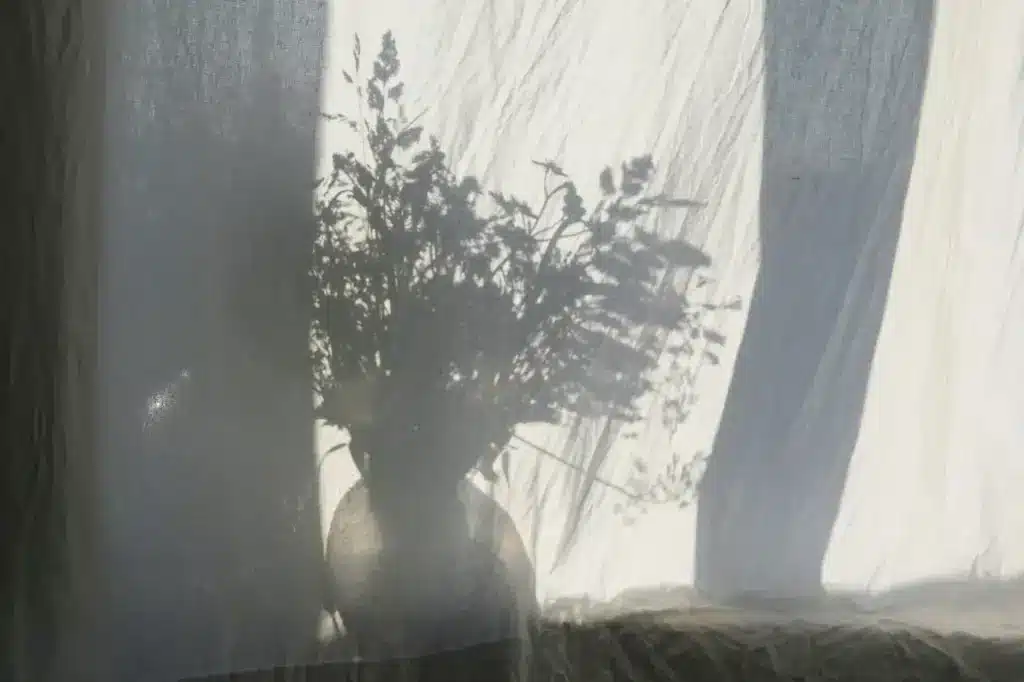
Shadows
Whereas a reflection repeats the color, shape, and size of a leaf a shadow gives us the silhouette.
Remember making shadow puppets as a child on the canvas of a tent when you were supposed to be asleep? Successful leafy shadow puppets also need a smooth surface and as with reflections simple shapes are best; too many tiers of leaves or overly complex forms and the shadow loses definition. The following sequence of images taken at the UC Berkeley Botanical Garden in San Francisco shows what I mean as I discovered interesting shadows cast on a beautiful rustic container.
Shadow puppets with a container
Here is what I first saw;
Lots of interesting shapes and a beautiful urn with great shadow potential but the overall composition is too busy. One leaf vies with another for shadow-casting supremacy!

